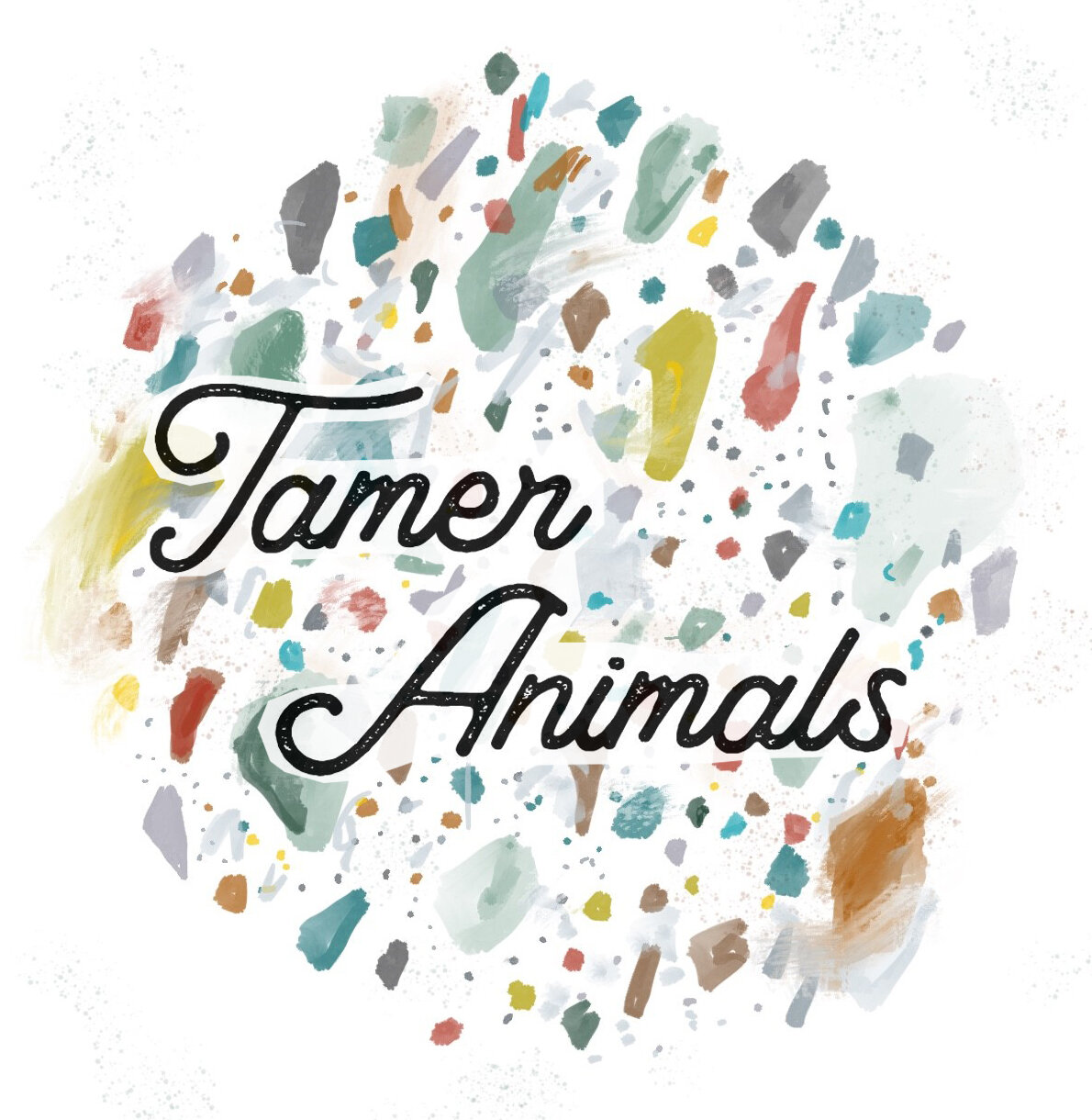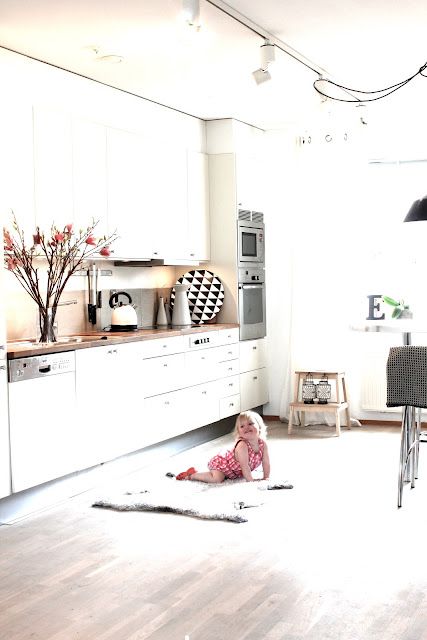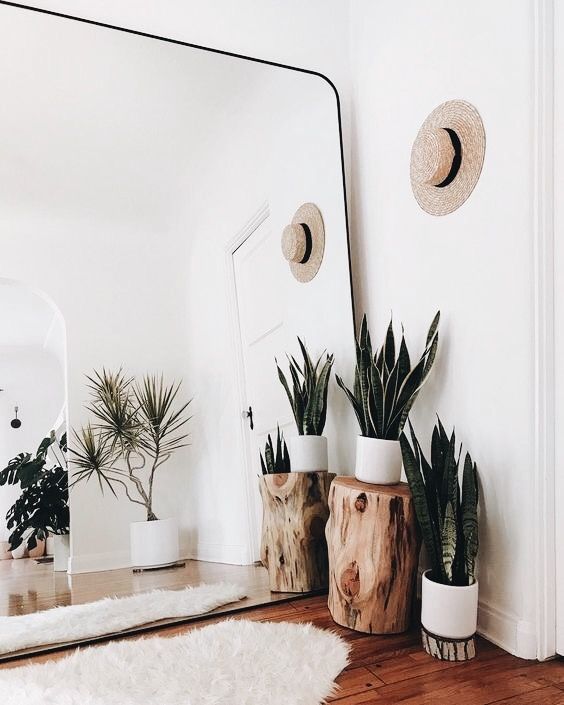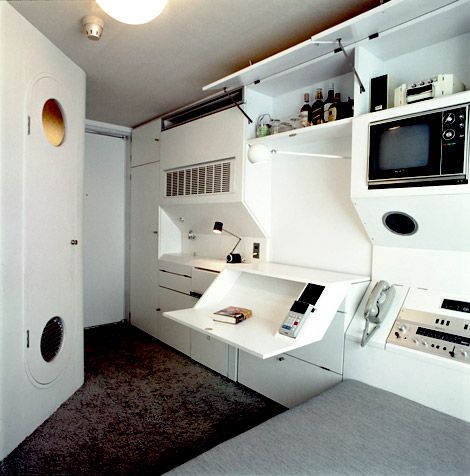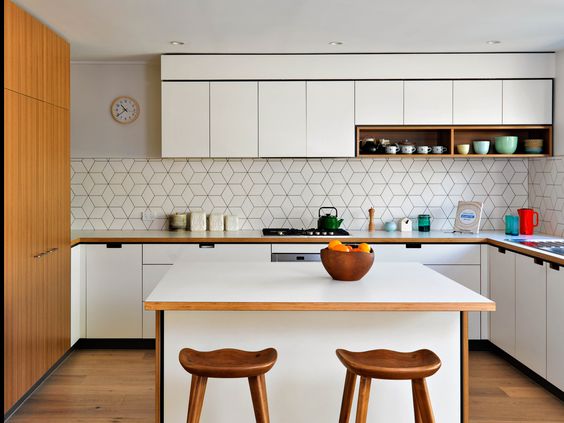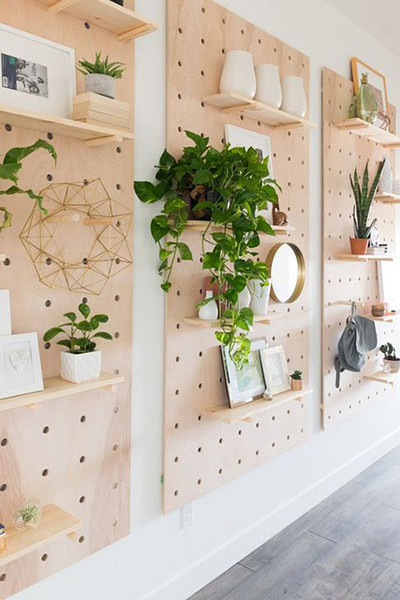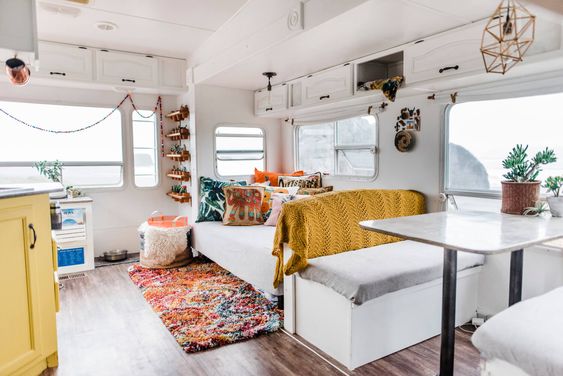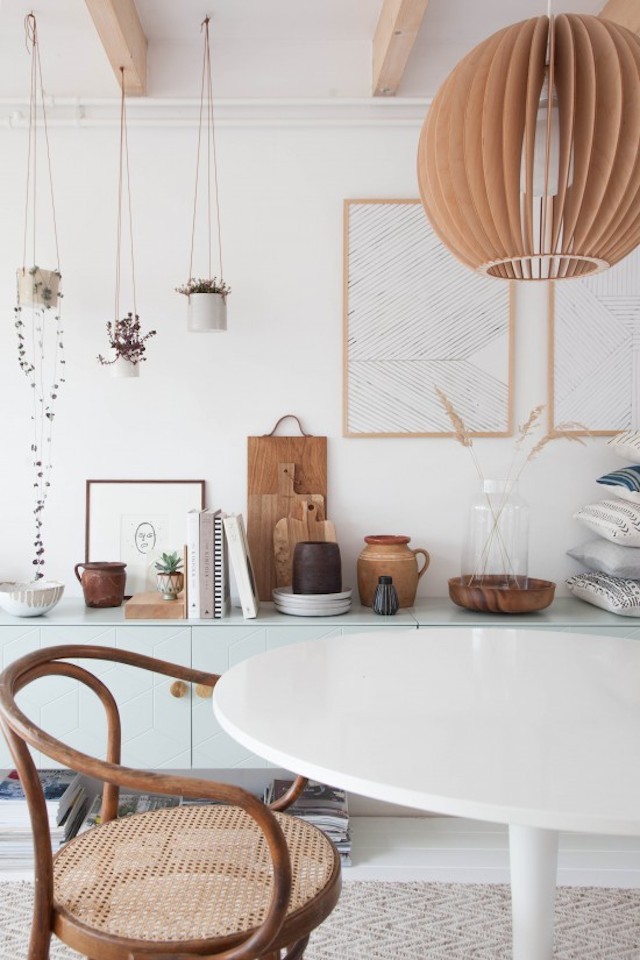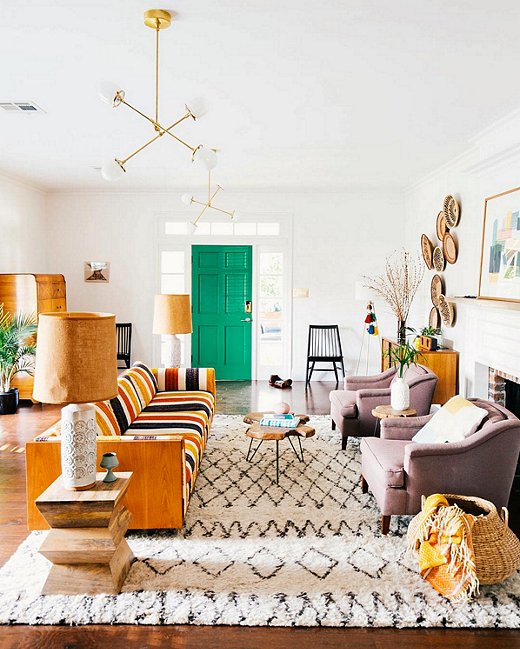SA: How did you get where you are today and what has impacted you the most?
TP: I always had an entrepreneurial spirit and wore a variety of hats over the years. I spent the last six years getting my Bachelor's in Architecture and truly believed that was my calling. In retrospect I think it was always just a stepping stone to something more creative and less restrictive. Architecture, being a highly rigorous profession, was very good for me in terms of exercising design skills and strategies. Design is such an intrinsic part of my person that I jokingly liken it to breathing. Getting creative blocks can equated with drowning for me so I try to constantly be in a state of creative output.
I’ve always been a bit of a workaholic so the future I saw for myself was a very lonely one— working at firms in a bigger city and basically just existing. I always saw myself alone as serious relationships or children I believed to be beyond my scope. I worked full-time, went to school full-time, barely slept, and really didn’t practice self-care on the level I should have at all.
The turning points for me were pretty significant ones: I had a close-to-dying experience and a few years later found out I was pregnant with the most amazing little girl. I would say that those two things made me really look at the trajectory of my life and realize that what I thought was my destiny really was not at all what I had planned it to be. I was always good at most anything I tried to do which made it more difficult to narrow down to a common niche. I had the ample ability to do anything I set my mind to but in the end lacked focus and execution. Ultimately this tenacity and fearlessness would always be my undoing although I strive more now to remedy those things. My work became a series of failures/experiences where I half-assed things simply because I thought I was a more seasoned sailor than I was in reality. I believe that in some regard I wanted to DO everything and BE everyone to such an exhaustive extent that I could not maintain it. To do such things would be impossible and idiotic. But nevertheless I found it quite unfortunate and had to come to terms with the fact that there is not enough time or energy to experience everything in this lifetime. I wanted to spend every moment doing and being. It never occurred to me that just being myself was enough. I guess I thought I had something to prove and I know now that I don't have to prove anything to anyone.
The realization of this was disappointing, but it takes courage to fail and pick yourself back up again and again. So I picked myself up again and again and again-- Over and over and over. I made a colossal amount of errors and l mistakes. And I made a lot of good decisions, too. I am grateful that I had an amazing support system through family and friends who didn’t fault me for trying and encouraged me if at times that courage would falter. But at the end of the day I became stronger and I learned from most all of those experiences. I now look for the pitfalls and find alternate ways of dealing with them. Being self-aware is incredibly important and I highly recommend that people periodically examine their decisions and are honest about their motivations, especially when working in the creative field.
In ways that were exponentially significant, and with limited timeframes, I found that not only did I really love teaching but the very basic creative activities that I grew up learning with my own mother. The way I felt about architecture once upon a time (a shimmering star that significantly burned out in the end) paled in comparison to the synergy I now feel when I am just creating and instructing. So in a way, my “current field” became a meadow full of many things that brought me joy. The incredible thing about that type of joy is that it can spread like a wildfire if you let it. The good kind of wildfire that causes things to grow better-- not the bad-shitty-arsonist-kind, of course.
SA: How do you research the business/marketing side of Tamer Animals?
TP: One of the most fantastic inventions in my lifetime was the Internet. When I think about how I used to huddle over encyclopedias with their limited facts and figures in comparison to now with the world at our fingertips it is a very humbling thing. I have, in some form or another, been a lifelong student of business practices.
I will be the first to tell you that I suck at marketing, especially when it comes to marketing myself as a "brand." I am not a fan of the limelight and prefer to sit on the sidelines whenever possible so it has been very character-building to have to exhibit a more sociable version of myself than I am generally comfortable with sharing. That is not to say that I am not an exhibitionist on some level (most creative types are) but I would rather delegate these things to people who enjoy them more than I do. I am constantly in a state of “most-improved-but-needs-improvement” and it has become a dedicated mission to figure out what motivates people to make the choices that they make. The internet, in some respects, has simplified much of this but ultimately complicated things as well.
To begin research I usually sit down and list the questions I have. I am a huge fan of making lists, especially because I tend to be more on the “messy creative” side. Although a minimalist at heart, my mind is constantly going a mile a minute at times and clutter reigns supreme. I talk about as much as I type and about as fast. I try to curb my verbosity as I have a tendency to seek clarity to a fault. Part of being Type A is being too thorough, I suppose.
So lists are my co-pilot and keep all that clutter at bay— until I accidentally lose the list in the clutter of course. Apps like to:day are a boon for me because they combine a really beautiful UI/UX with text and visuals. Being a visual person, I find this is very helpful. It is also helpful that I don't lose my phone quite as often as I would lose my lists.
I then systematically go through and search each one and write down any information I feel is exceptional. Sometimes this leads to more questions or notes but I think the process of asking those questions aloud is very helpful. Tax information, marketing, and basic business practices are all easily accessible and constantly in a state of flux. If you can learn something new every day, you are putting your time here to good use.
Product research is a bit trickier. I am constantly pinning and taking screenshots of things that inspire me but I do have an unspoken fear about unconsciously emulating others. I think gathering inspiration can be very helpful but there is a fine line between being inspired and being lazy. While the knee-jerk reaction is to mimic via inspired means the better questions to ask are more meaningful: How can I improve upon this? If I couldn’t get anyone to buy this, would I enjoy it for my own use? Am I being truthful to my mission and my evolution? Am I being genuine with clients/customers by releasing this product?
SA: What is your greatest motivator?
TP: That is really a hard thing to pin down. I have always tended to be a very complex person with heavily structured ideals about the act of creation. In a physical sense, my daughter is probably my biggest motivator. I want her to have rich experiences in her life and to be able to expose her to a wide variety of objects and subjects. I am eternally grateful for my mom for she instilled a deep respect for creation within me and taught me not only to have strength but also integrity. These are things that alone are powerful but all together create a high level of perseverance and a hotbed for creativity.
My mother is incredibly skilled in all things creative and I like to think that the majority of my successes were a result of her letting me make messes, think independently, and create without limits. Seeing the recognition and curiosity my daughter exhibits not only motivate me but also make me appreciate the sacrifices my mother made to help me become the person I am today. I strive to be better every day and release kindness into the world any way I can.
From a personal sense, I think my biggest motivation is seeking balance. It has been a running theme throughout my life— the pursuit of tranquility— and I think it is such an important part of who I am. I strive to make a mark on the world each day in a limited capacity, even if it is just in my tiny universe. I spent a large early portion of my life seeking stability through relationships and thinking that those would make me whole and happy. I thought that once I found my "soulmate" it would "free up" the time i was invested in such things. I believed that by doing so I would have the the newfound freedom and energy to devote more to my creative pursuits. I thought love was the answer to everything and was very naive about the world and human behavior. I think I lacked the self-confidence and self-awareness to realize that they were obstacles and not bridges. I spent an embarrassing amount of time sinking into those murky waters only to find that the happiest place I could be in was when I was producing.
SA: What have been some of your biggest hurdles as a business or individual?
TP: *Consistency is always a hurdle for me because life tended to have ideas of its own. I always had good intentions but follow-through can be ineffectual. It is still something I am mindful of even now.
*I was always very “hands-on” with any work I did. Having to step back due to time constraints and become more passive in my approach has been very challenging.
*Financials are always a hurdle. I think it helps to treat it as a second job and not a hobby, but keeping a good cash flow going from a reliable source is very importance. It seems counterintuitive in some ways. As much as many of us hope we will be at the right place at the right time, the reality is that it takes a ton of hard work, dedication, and hustling to get where you want to go.
*Scheduling under very strict time constraints (such as having kids or an intense job) is extremely difficult. While I find it inspiring that some women are able to juggle four kids and a high-profile job while running their small business, most of us are under severe constraints. Dedicating even an hour a day is helpful. Write everything down as you think of it. Don’t look at other people to assess your value.
SA: What advice would you give to makers who are just starting out?
TP: *Don’t get caught up in what is trending. Pave your own way. Choose your own adventure.
*If you fail, don’t just fold or wallow in a big ole pile of self-pity. Ask yourself these three questions: 1) What did I do wrong? 2) What lesson should I have learned from this? and 3) How can I do better next time? Take responsibility for where you have fallen short and looking at failures as gifts and lessons. Not only can you place a positive spin on things by doing this but looking at them as experiences (whether good or bad) ultimately gives you the gumption to move forward.
*Don’t obsess over perfect. Perfect is for the infallible people that are in denial. Be human and create things that expose your humanity and breadth of experience. Don’t be afraid to deviate from all that you know and love. Perfect can also be dull. Dare to go against the grain.
*You will have $0 days and you will have $500 days. Make sure whatever you are doing is for the right reasons or you will never be satisfied with your output regardless of how much you make.
*Work-life balance SUCKS sometimes. If you overextend yourself too much and don’t take the time out to charge your batteries, you’ll burn out. Not only does this decrease your productivity severely but your lousy lease on life can affect the folks around you (which is a crummy thing to do.) Don’t be an asshole. Get some actual sleep, step away from the phone/computer/whatever, and eat an actual meal.
*Evolution is important. We are constantly revolving and evolving. Don’t get stuck in old, bad habits and always keep in mind that your origin is not your destination. You and you alone are responsible for the direction your life can take. Don’t be afraid to experiment and don't be afraid to fail either. Become a newer, better version of yourself every chance you get and this will be reflected in your work as well.
SA: How do you develop your work?
TP: I try to clear my mind. I was never really adept at this or good at meditation so I start by making forms or words on a blank page and see what develops. I think my personal design style is very intuitive— a series of unconscious movements to arrive at a nondescript location. Everything is in a state of being chaotic and unplanned and as a more rigorous person I enjoy the freedom of the disarray. I like to think that I am a scientist more than an artist. I want to throw all of the elements in and see what comes out in the end. They are all experiments to me. Creating is exhilarating and sometimes even a bit scary. But when your excitement overrides your fears you will know you are in a good place. There are unintentional moments in design that can make or break what you are doing but you should never be scared of that. It’s far easier to close your eyes and leap in to the unknown. You can say a few prayers beforehand but the outcome is largely dependent on your frame of mind in the moment.
SA: What is your typical process day-to-day?
TP: I try to harness creative energy through experience. Rituals are very important to me. The more stress I am under or deadlines that are imposed the more I begin to wane in productivity so I try to limit stressors and prioritize better. I used to set an unrealistic amount of tasks on my lists and became dissatisfied and disappointed with myself so I am not much more realistic about my constraints and energy levels. Rituals like morning coffee or tea, nature walks, crafting with my daughter, singing, and reading are all things that feed my soul. Once I feel energized, I will devote a couple of evenings in a row to distinct tasks after my daughter goes to bed. I am a night owl so working at night is my modus operandi. Being a single parent means that my free time is effectively a hot commodity so I try to make every moment count now.
I spend my days focused on what matters so at night I will be able to celebrate that freedom by calling on a stream of consciousness. I will sometimes knock out four or five illustrations in an evening if I am on a roll. Whether they are perfect or not is immaterial. It is the act of creating that I respond to— the journey rather than the destination. As an INFJ I enjoy my solitude unimpeded in those times and I think those are the moments especially when my work is able to take on a life all its own.
SA: Where do you hope to see yourself in five years?
TP: We are in the process of moving to a sleepy mountain town near Asheville, so I hope I have become established a prosperous career in that time and can continue creating and experimenting. The idea of being nestled in the mountains surrounded by nature is an irony not lost on me who always prided herself as a city girl. There is something magical though about starting a new life and being a new person. Five years down the road I hope the continue be a good mother, a good daughter, a good friend. I hope to be an even better version of myself whether my ventures are successful or not. I would like to bring more to the table than just myself and to be able to be of service to the world in some capacity.
Taylor Parker is an architectural/textile designer, illustrator, blogger, children's book author, and maker from Knoxville, Tenn. Through whimsical designs and vibrant colors she hopes to capture the beauty of abstraction through a marriage of nature and the built environment. She likes to combine hand-painted objects with some digital manipulation as her signature style. She has also been in the vintage business for over fifteen years and loves finding unique pieces for wear or environment. She has a daughter and furkid, loves soul and shoegaze (she is also an occasional DJ,) and enjoys getting her feet wet in new projects and mediums.
